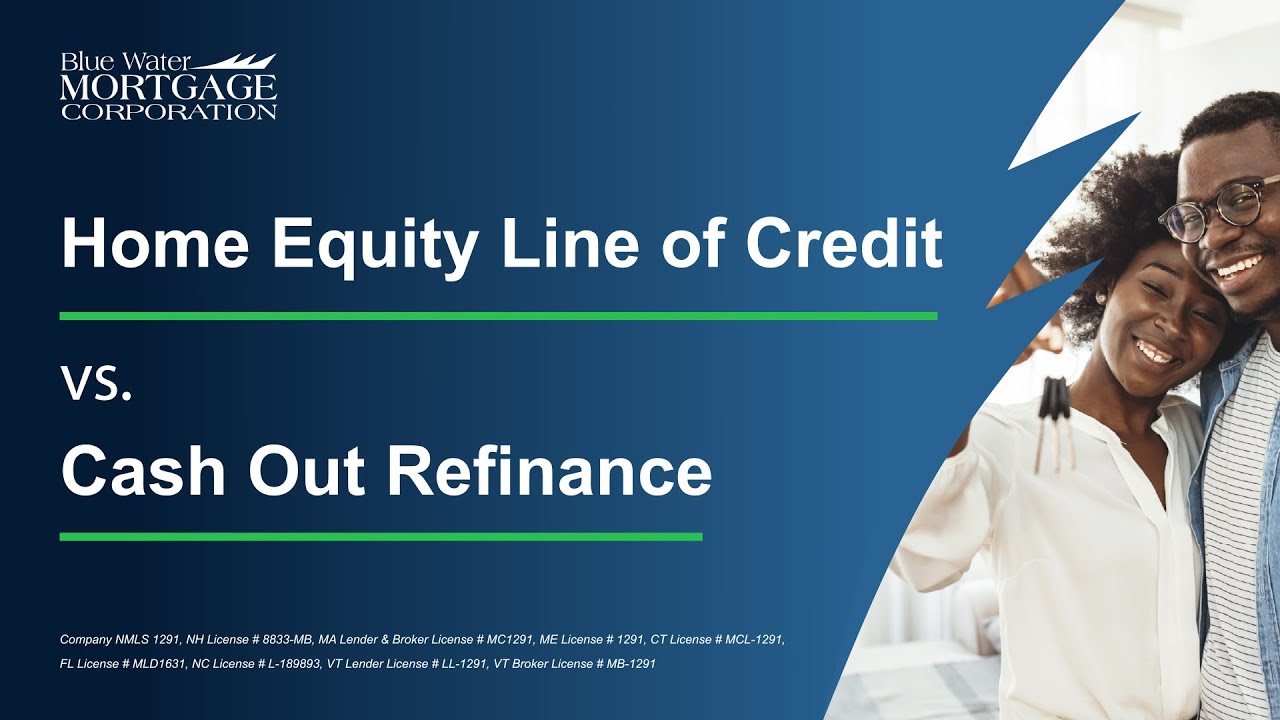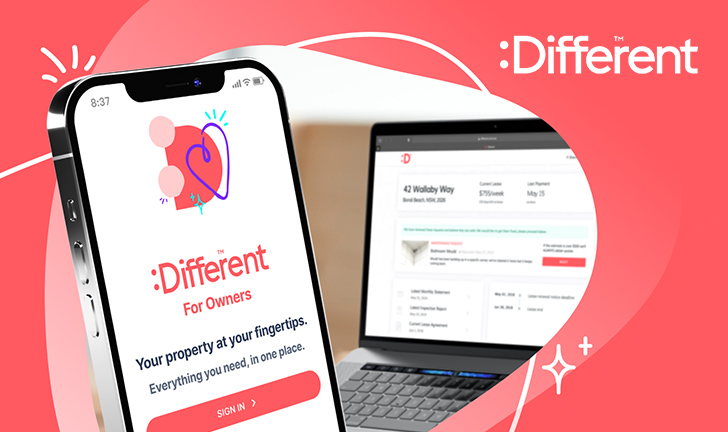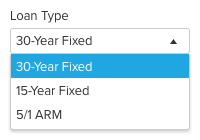
This article explains how PMI is calculated. Piggyback mortgages are also available. This is an important topic to home buyers. This is an important topic for home buyers.
Lender-paid, mortgage insurance (LPMI).
PMI, a form or mortgage insurance, protects the lender from the possibility of default. The borrower pays a monthly fee that is added to the mortgage payment. The insurance coverage covers the loan's life, but the borrower can cancel it if they reach 20% equity.
LPMI is not a good choice for every borrower. It can increase monthly payments, but it can lower them over time. To cover insurance costs, the lender will adjust the mortgage rate. Higher interest rates mean a higher monthly repayment. If you can't afford a high monthly payment, LPMI is not the best option. To qualify, it is essential to have adequate credit.
Piggyback mortgage
When you're applying for a mortgage, you should consider how PMI will affect your monthly payments. PMI is typically available to those with a loan-to value ratio (LTV), greater than 80%. Your LTV may be lower than this and you might need to negotiate with the lender to remove PMI.

PMI can be avoided entirely by making a 20% down payment. To buy a $250,000 home, this would mean putting down at minimum $50,000. A piggyback is a second mortgage loan that funds 80 percent of the loan balance. You should be aware that these loans typically have higher interest rates compared to other mortgages.
Monthly premiums
PMI insurance covers a borrower’s mortgage against loss. It can either be purchased monthly by the borrower or through a lender-paid plan. The borrower-paid plan is the most common and involves paying a single premium up-front, with the rest paid monthly. The lender-paid plan, on the other hand, usually requires a higher interest rate and mortgage origination fee.
After closing the mortgage loan, the borrower pays monthly premiums for PMI. These premiums are not refundable, even if the homeowner moves from the home. Some lenders add PMI to the monthly mortgage payments, eliminating the need for a separate payment. Other lenders allow you to pay the premium in advance, with the remaining amount due monthly.
LTV ratios
LTV ratios allow you to compare the loan amount and your home's value. LTV ratios help lenders determine if you're a good candidate to get a loan. LTV will determine your chances of getting a competitive mortgage for your home.
Private mortgage insurance (PMI), for conventional loans that have a 20% downpayment, may be required to protect your lender. These policies typically cost 0.5% to 1% of the loan amount per year, and you will pay them until the LTV ratio falls below 78%. This could add $104 to $208 monthly for a $250,000 loan.

Credit score
PMI calculations are affected by several factors. A borrower's FICO credit score, loan-to-value ratio, and loan recovery percentage all play a role. Although they can seem complicated, these factors are simple to understand. A higher LTV is generally associated with a higher PMI premium.
Larger mortgages are more costly for PMI, so borrowers with higher credit scores might consider a loan that has a lower percentage of PMI. A borrower can request a fixed amount of PMI or ask their lender to calculate a percentage. Also, the property's current value should be taken into account when calculating PMI. This information can be obtained from a recent appraisal. You can also estimate it by determining the price of the house and current mortgage balance. To determine the true value, subtract the down payment.
FAQ
What are the benefits to a fixed-rate mortgage
Fixed-rate mortgages lock you in to the same interest rate for the entire term of your loan. You won't need to worry about rising interest rates. Fixed-rate loans come with lower payments as they are locked in for a specified term.
What are the disadvantages of a fixed-rate mortgage?
Fixed-rate loans have higher initial fees than adjustable-rate ones. You may also lose a lot if your house is sold before the term ends.
How much money will I get for my home?
This varies greatly based on several factors, such as the condition of your home and the amount of time it has been on the market. Zillow.com says that the average selling cost for a US house is $203,000 This
How much money should I save before buying a house?
It depends on how long you plan to live there. Save now if the goal is to stay for at most five years. But, if your goal is to move within the next two-years, you don’t have to be too concerned.
Is it cheaper to rent than to buy?
Renting is often cheaper than buying property. It's important to remember that you will need to cover additional costs such as utilities, repairs, maintenance, and insurance. There are many benefits to buying a home. For example, you have more control over how your life is run.
Is it possible to quickly sell a house?
If you plan to move out of your current residence within the next few months, it may be possible to sell your house quickly. However, there are some things you need to keep in mind before doing so. First, you will need to find a buyer. Second, you will need to negotiate a deal. You must prepare your home for sale. Third, you must advertise your property. You should also be open to accepting offers.
Statistics
- The FHA sets its desirable debt-to-income ratio at 43%. (fortunebuilders.com)
- Some experts hypothesize that rates will hit five percent by the second half of 2018, but there has been no official confirmation one way or the other. (fortunebuilders.com)
- Based on your credit scores and other financial details, your lender offers you a 3.5% interest rate on loan. (investopedia.com)
- This means that all of your housing-related expenses each month do not exceed 43% of your monthly income. (fortunebuilders.com)
- This seems to be a more popular trend as the U.S. Census Bureau reports the homeownership rate was around 65% last year. (fortunebuilders.com)
External Links
How To
How do I find an apartment?
When moving to a new area, the first step is finding an apartment. This takes planning and research. It involves research and planning, as well as researching neighborhoods and reading reviews. You have many options. Some are more difficult than others. The following steps should be considered before renting an apartment.
-
It is possible to gather data offline and online when researching neighborhoods. Online resources include Yelp. Zillow. Trulia. Realtor.com. Online sources include local newspapers and real estate agents as well as landlords and friends.
-
Read reviews of the area you want to live in. Yelp and TripAdvisor review houses. Amazon and Amazon also have detailed reviews. You may also read local newspaper articles and check out your local library.
-
Call the local residents to find out more about the area. Talk to those who have lived there. Ask them about what they liked or didn't like about the area. Ask for their recommendations for places to live.
-
Take into account the rent prices in areas you are interested in. Consider renting somewhere that is less expensive if food is your main concern. However, if you intend to spend a lot of money on entertainment then it might be worth considering living in a more costly location.
-
Learn more about the apartment community you are interested in. What size is it? What is the cost of it? Is it pet-friendly What amenities does it have? Is it possible to park close by? Do you have any special rules applicable to tenants?